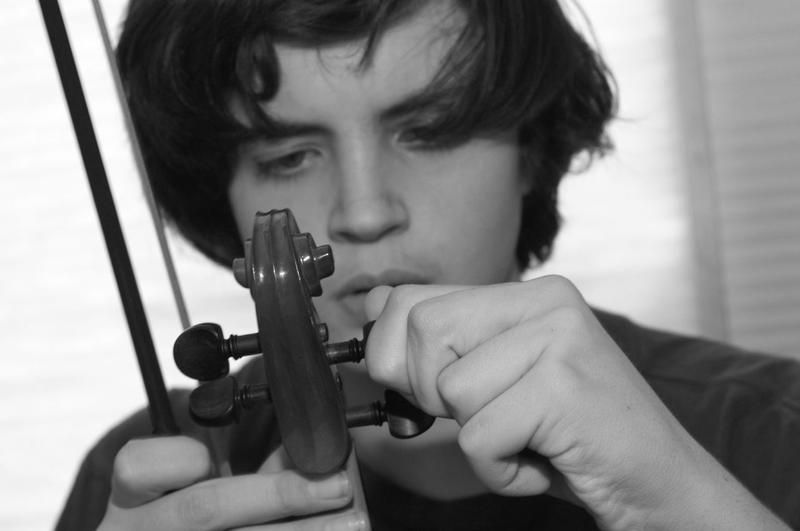Why do orchestras tune to an A-note pitch at 440 Hz?
by James Bennett, II
The sound of an orchestra tuning is instantly recognizable. As soon as you hear it, you know exactly what’s about to happen. But there is a simple reason why a whole lot of tuning orchestras sound awfully alike — they are tuning to the same pitch frequency, an A at 440 hertz* (abbreviated “Hz,” a hertz is the unit by which we measure frequency).
But that makes you wonder — how did they choose that particular pitch? Was there some kind of mega-music conference where the powers that be decided that A440 was to be the tuning standard? Yes. Yes there was. Several, in fact.
The official 440 Hz standard, recognized by orchestras all over the world, was first declared the norm by the International Organization for Standardization in 1955, and they doubled down on that frequency 20 years later. ISO (the initials are derived from the French name of the organization) is dedicated to, as its name suggests, standardizing stuff; it was only a matter of time before they got around to standardizing sound itself. Their decision was based off of the decision to declare 440 Hz right and proper at an early conference — that of a British Standards Institution meeting of 1939. And that frequency was a reaffirmation of yet anotherconference, this one in Austria in 1885. The frequency decided there? The note A should be tuned to 440 Hz. Your tuning standards are the product of decades of meetings, which is probably the most boring answer you could get for practically any question.
Be that as it may, those meetings (and those like it) are incredibly important. The matter of tuning is so important that it’s officially entered conspiracy-theory territory for some. Here’s something to think about. Imagine that all the metric-system countries were totally out of sync, that a kilogram in England was not a kilogram in Suriname, or even in Mali. Things would get very confusing, very quickly. So, the International Bureau of Weights and Measures is around to make sure that these measurements stay consistent. Sound is no different, and when there is no tuning standard, things can get sloppy.
For centuries, there was no fixed frequency for A, the most magical of notes. Tuning systems varied all over Europe; in the 19th century, physicist A.J. Ellis collected over three hundred historical tuning systems. The New Grove Dictionary of Music & Musicians points out that the pitch of organs would fluctuate between the summer heat and winter cold, and that because constant tuning would ruin the pipes, one would simply trim part of the pipes off — getting it back in tune, but also raising the pitch when the weather changed again.
For a time, a standard (if one could call it that) was A425. This was perfect because string instruments of the time were using gut strings—strings made from the intestines of animals. Tuning at a higher frequency would cause those belly bands to break; likewise, they sound terrible when tuned lower.
But just like orchestra size and the role of conductor, the turn of the 19th century proved to be a turning point for the orchestral sound. Concert halls were getting bigger, and ensembles needed to fill all that space with sweet sound. Coincidentally, instrument construction — especially for strings, was improving. And since tuning higher leads to a “brighter” sound, orchestras all over began tuning up from A425. Things kind of got out of control, and by 1859 the French government declared that A435 was the proper pitch. It quickly became a sort of new standard for instrument makers. 26 years later, at that Viennese music conference, a few slip-ups here and there bumped the standard up from A435 to A440. And we’ve been rocking with it ever since.
